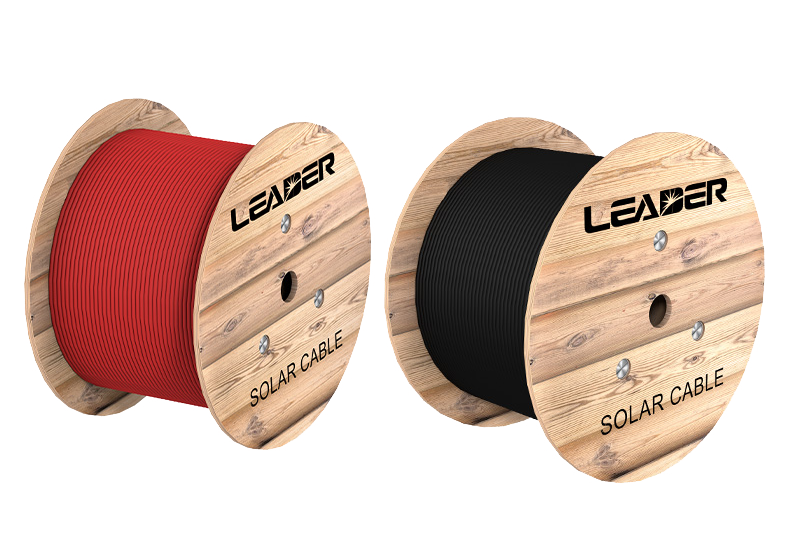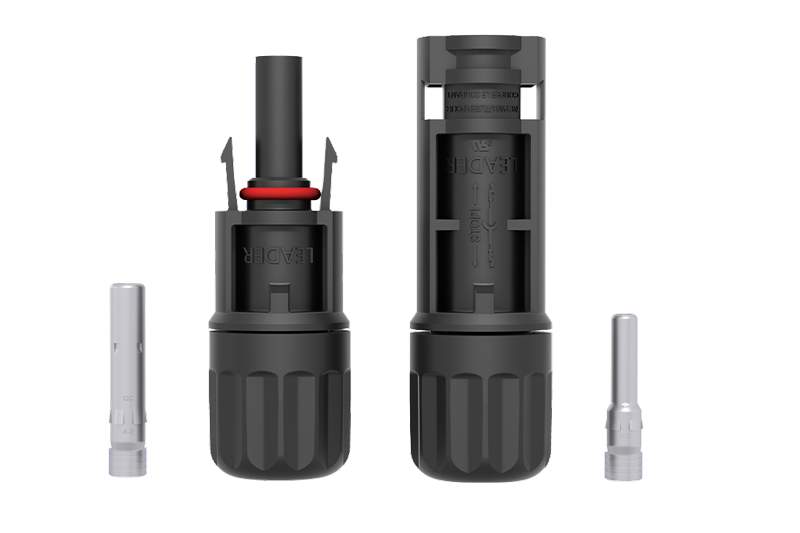Solar PV Connectors
These are solar connectors the FEMALE on the bottom and the MALE plug on top. Today more and more solar panels are shipping with MC-4 terminals and less and less with actual junction boxes. I still personally prefer a water tight j-box, and water tight gland nut, but not all panels ship that way.
14GA = 22.5A
12GA = 37A
10GA = 43A
8GA = 50A
They work quite well but on boats, but if not carefully installed, they can be a tad bulky and prone to being caught on things. That said, they are one of the better water tight electrical connections available for marine use. You don’t have to use them only on solar connections and they could certainly be used for other applications.
These are the individual pieces of the FEMALE solar connector:
From Left to Right:
-Compression Nut
-Gland Compressing Ring
-Water Tight Sealing Gland
-Solar FEMALE Crimp Terminal
From L to R:
-Compression Nut
-Gland Compressing Ring
-Water Tight Sealing Gland
-Solar MALE Crimp Terminal

I know it is confusing, the FEMALE vs. MALE with Solar Connector’s, because the one on the left clearly looks like a MALE and the one on the right clearly looks like a FEMALE.


OK here’s where the extra tool cost comes into play. You will need a crimp tool for these terminals. However, as usual, I have located a very good value in an solar crimping tool. A pro who does this every day for a living would not use this tool because it is more tedious and time consuming than the more expensive pro-grade versions, but for the money this tool preforms very, very well.
I bought this connector die set and crimping frame from Pro’s Kit and while their dies can be rather sloppy and inconsistent, & some dies absolutely abhorrent, their connector crimp die has been decent and remained fairly consistent.


I will sometimes use a two conductor untinned round cable such as an SO type wire for the external connections to the solar panel but most often a tinned marine grade wire.. Inside these terminals the tinned wire is not as critical as with open style crimps. I almost always use 10/2 or 8/2 wire from the panel to deck if using connector’s. Once through a deck gland and into the vessel you can switch to a larger GA wire to minimize voltage drop.
















